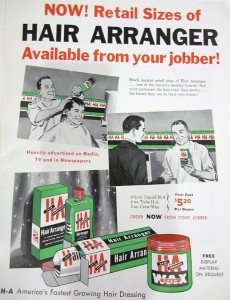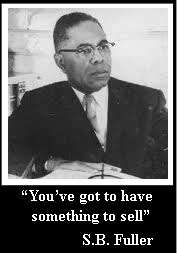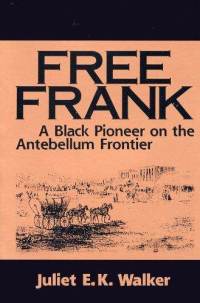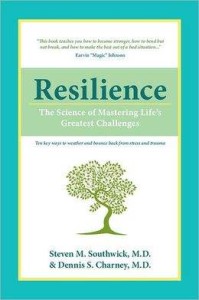Robert Gordon: Thriving on Racism
Today we profile our final entrepreneur, Robert Gordon.
We have only found one solid source for information about Robert Gordon but that source is the inestimable Carter G Woodson.
We feel comfortable excerpting his work below.
Formerly the slave of a rich yachtsman of Richmond, Virginia. His master turned over to him a coal yard which he handled so faith- fully that his owner gave him all of the slack resulting from the handling of the coal. This he sold to the local manufacturers and blacksmiths of the city, accumulating thereby in the course of time thousands of dollars. He purchased himself in 1846 and set out for free soil. He went first to Philadelphia and then to Newburyport, but finding that these places did not suit him, he proceeded to Cincinnati. He arrived there with $15,000, some of which he immediately invested in the coal business in which he had already achieved marked success. He employed bookkeepers, had his own wagons, built his own docks on the river, and bought coal by barges.
Unwilling to see this Negro do so well, the white coal dealers endeavored to force him out of the business by lowering the price to the extent that he could not afford to sell. They did not know of his acumen and the large amount of capital at his disposal. He sent to the coal yards of his competitors mulattoes who could pass for white, using them to fill his current orders from his foes’ supplies that he might save his own coal for the convenient day. In the course of a few months the river and all the canals by which coal was brought to Cincinnati froze up and remained so until spring. Gordon was then able to dispose of his coal at a higher price than it had ever been sold in that city. This so increased his wealth and added to his reputation that no one thereafter thought of opposing him.
—C. G. Woodson The Negroes of Cincinnati Prior to the Civil War The Journal of Negro History Vol. 1, No. 1 (Jan., 1916)
Now that’s a resilient entrepreneur.





